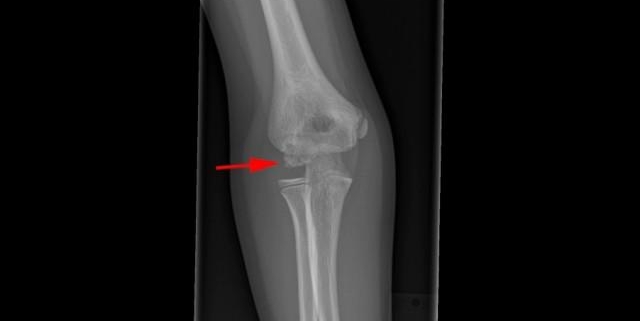
Panner’s Disease
Overview: What is Panner’s Disease?
Panner’s Disease is a rare but manageable condition affecting the elbow, more specifically, the capitellum—a part of the humerus bone. This condition typically occurs in children aged between 5 and 10 years old and is commonly associated with forearm and elbow pain. Panner’s Disease mainly arises due to the interruption of blood supply to the humerus, leading to the death of bone cells in the region, a condition termed Osteochondrosis.
Types: Distinguishing Panner’s Disease
Panner’s Disease is commonly confused with another condition called Osteochondritis Dissecans. Both diseases affect the same region of the elbow and have similar symptoms. However, Panner’s Disease is restricted to younger children and leads to uniform damage to the capitellum, while Osteochondritis Dissecans usually affects older children and teenagers, and forms small areas of bone damage.
Causes: Why Panner’s Disease Occurs
The exact cause of Panner’s Disease is unknown. However, it’s believed to primarily stem from the interruption of blood flow to the humerus. Factors theorized to contribute to its onset, include:
-
- Excessive use of the elbow in sports or other physical activities
-
- Physical trauma to the elbow
-
- Poor nutrition and lifestyle habits
-
- Genetic predisposition
Symptoms: Identifying Panner’s Disease
The disease typically manifests through:
-
- Elbow pain that increases with activity
-
- Stiffness and decreased range of motion in the elbow
-
- Tenderness and swelling in the elbow region
-
- Limping or reluctance to use the affected arm in children
Diagnosis: How Panner’s Diseases is Detected
Diagnosis often begins with a medical examination and analysis of symptoms. If Panner’s Disease is suspected, your doctor may order imaging tests such as X-rays, MRI, or CT scans to confirm the diagnosis and assess the severity of bone damage.
Treatment Options for Panners Disease
The primary treatment for Panner’s Disease is typically conservative. This may include:
-
- Rest and avoidance of activities leading to elbow strain
-
- Physical therapy to strengthen surrounding muscles and improve flexibility
-
- Pain management through over-the-counter medication
In rare cases where these treatments fail, a surgical approach may be deemed necessary.
Living With Panner’s Disease
Managing Panner’s Disease effectively involves following your doctor’s treatment plan, and adapting to changes in your child’s lifestyle. Encourage your child to discuss their feelings about their condition. Warm compresses can soothe the discomfort, and regular physiotherapy can strengthen the elbow.
When to Seek Help
Immediate medical attention should be sought when experiencing:
-
- Severe elbow pain or swelling
-
- Persistent pain that does not improve with rest or medication
-
- If the child avoids using the affected arm or visibly limps
Panner’s Disease, while rare and unsettling, is manageable and typically resolves once the child stops growing. Regular check-ups with your healthcare provider will ensure your child’s ongoing health and proper management of the condition.
